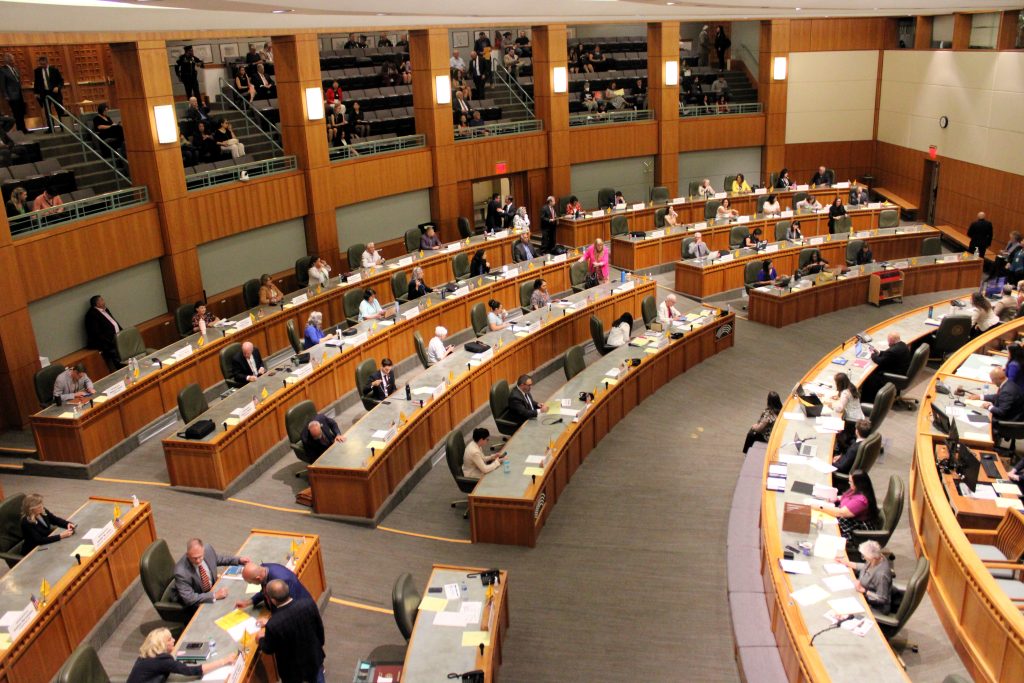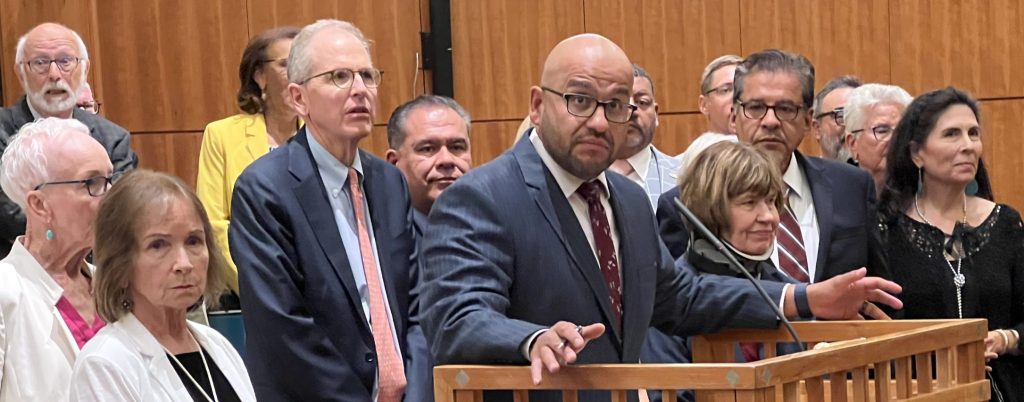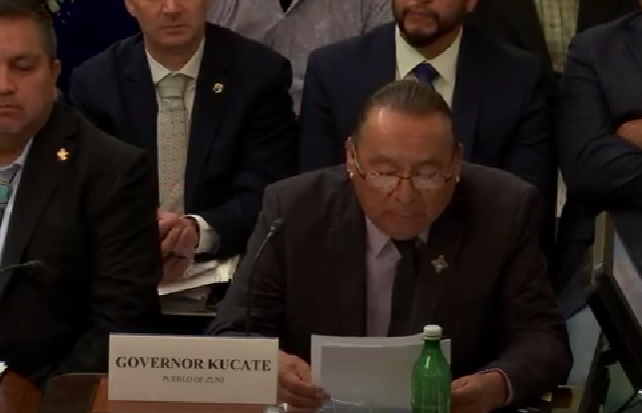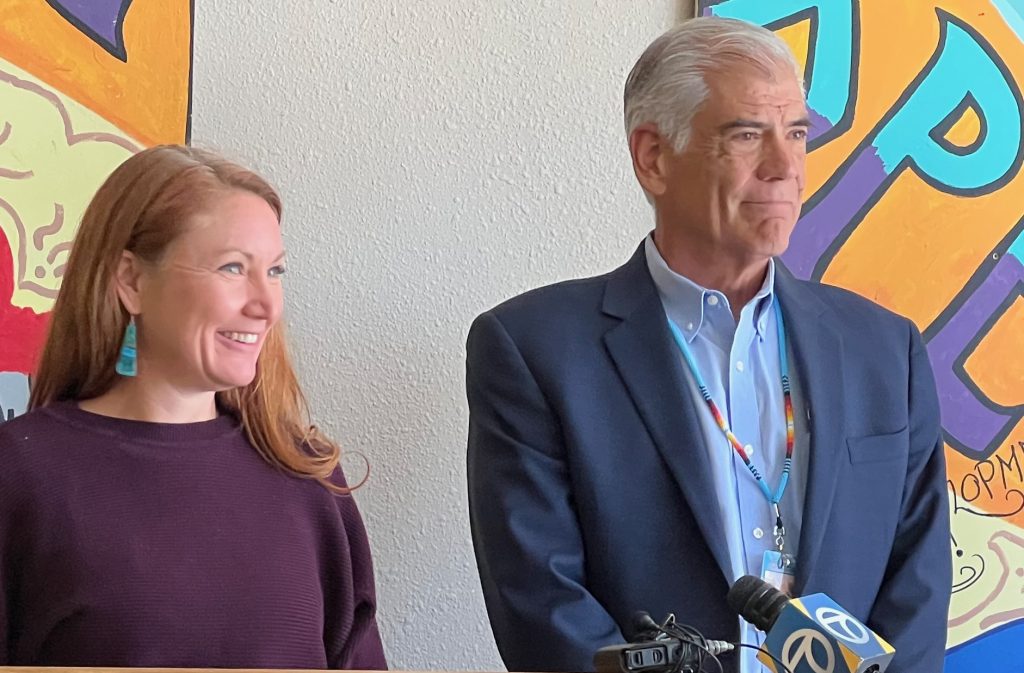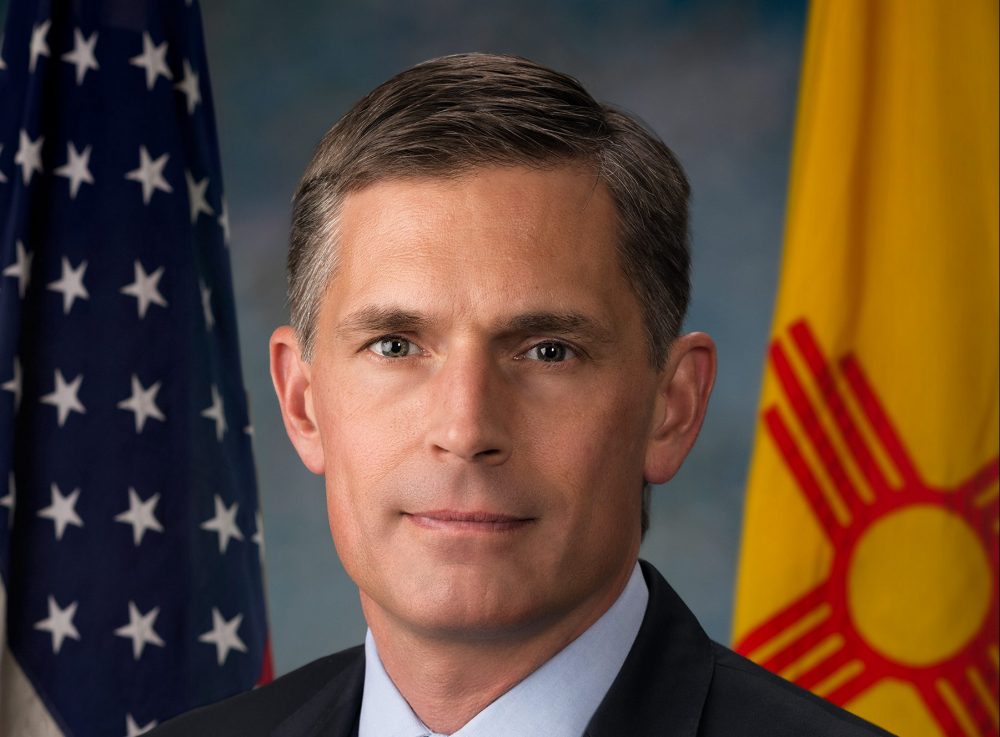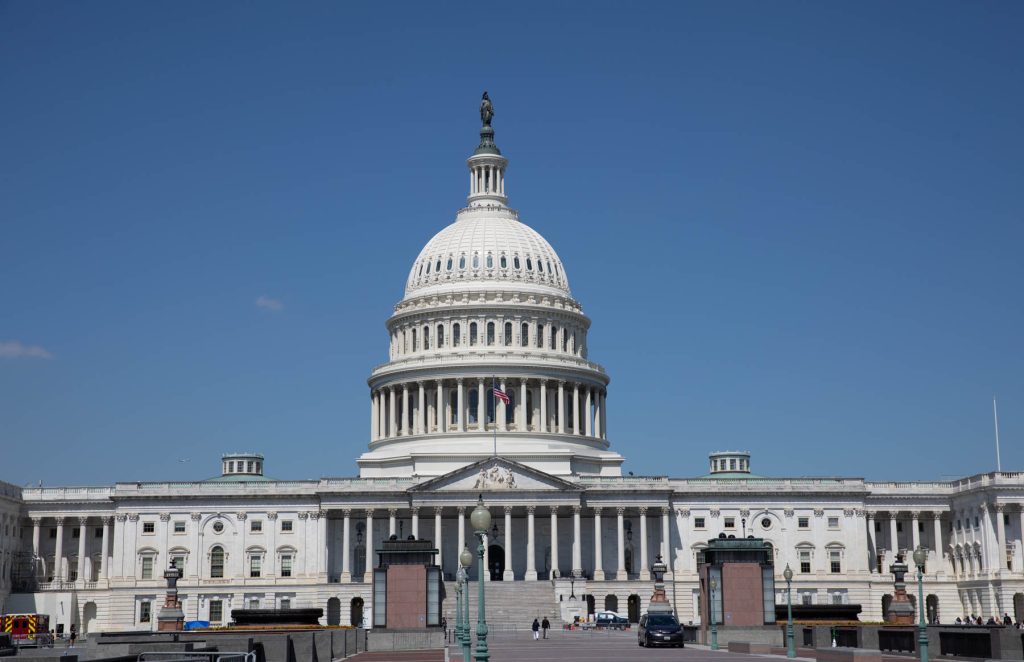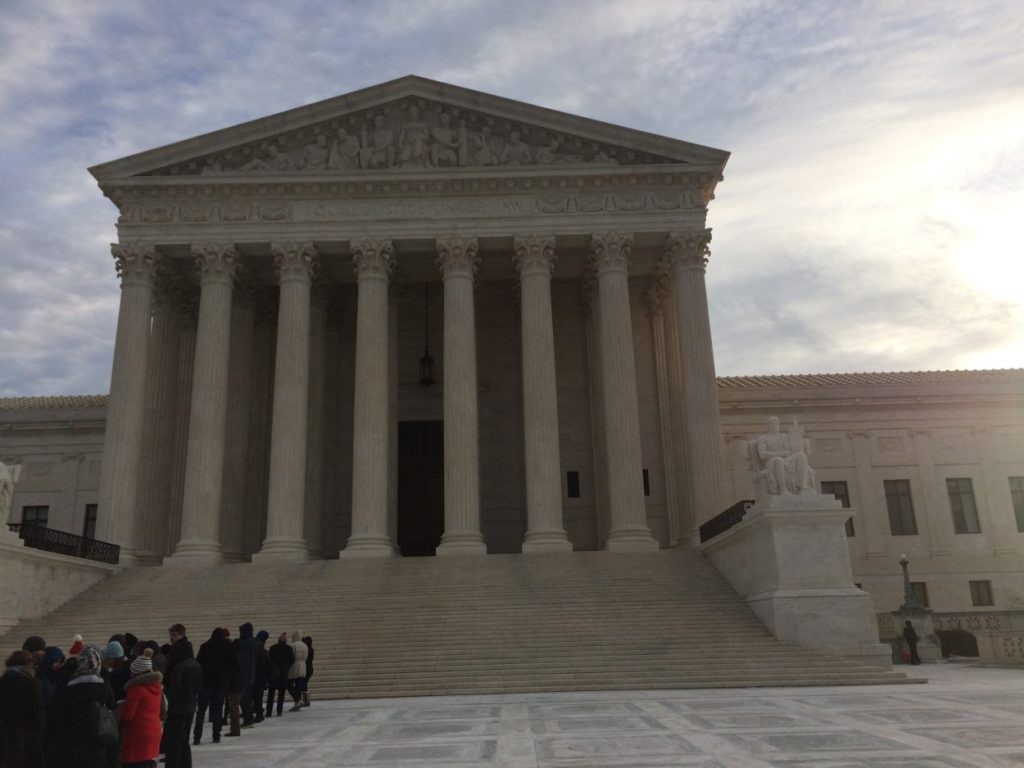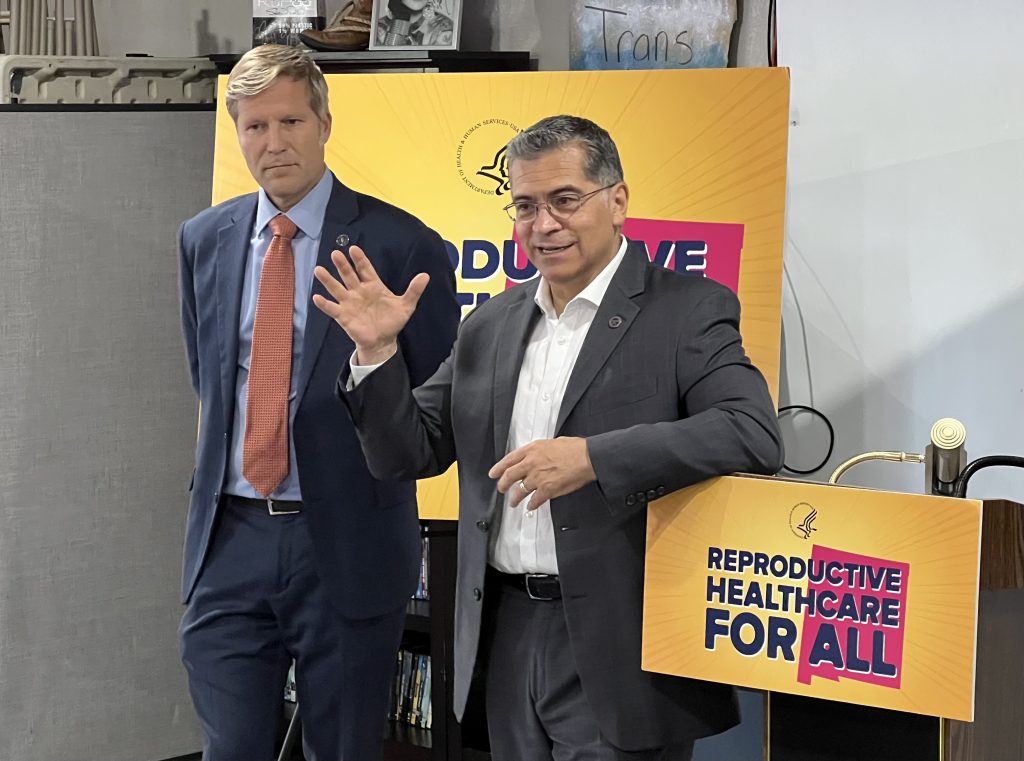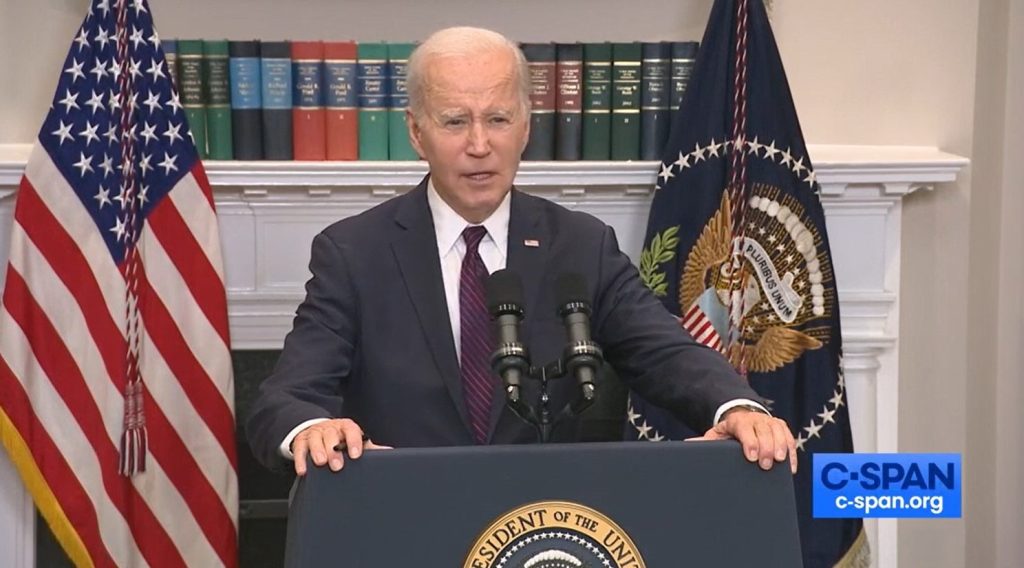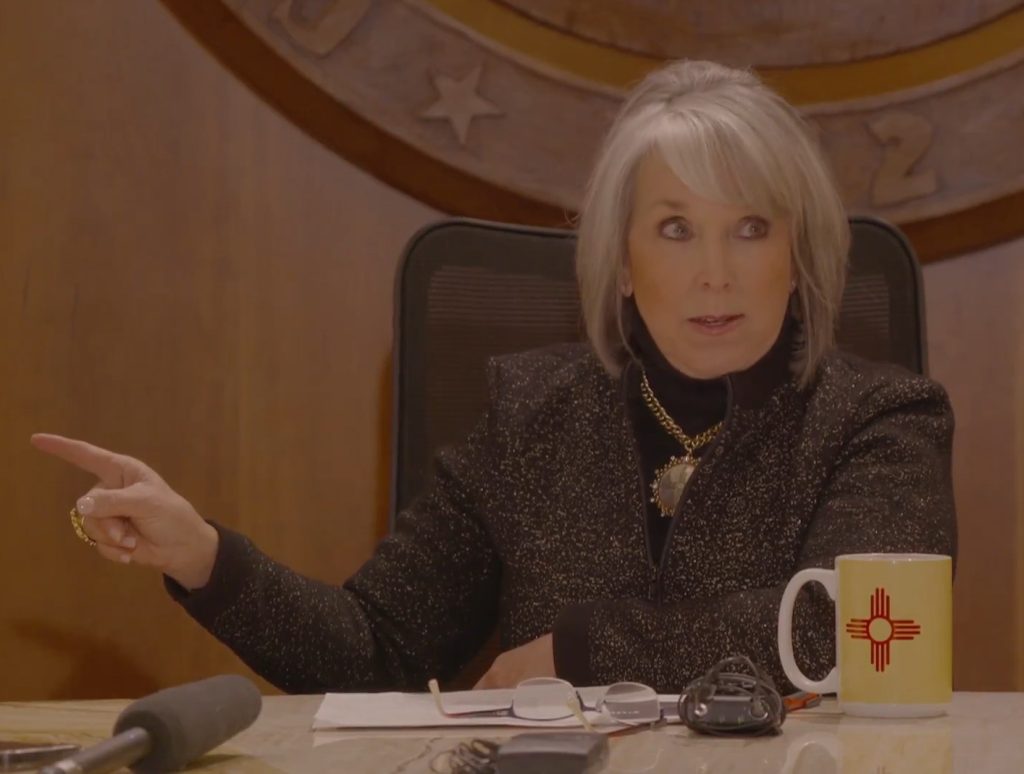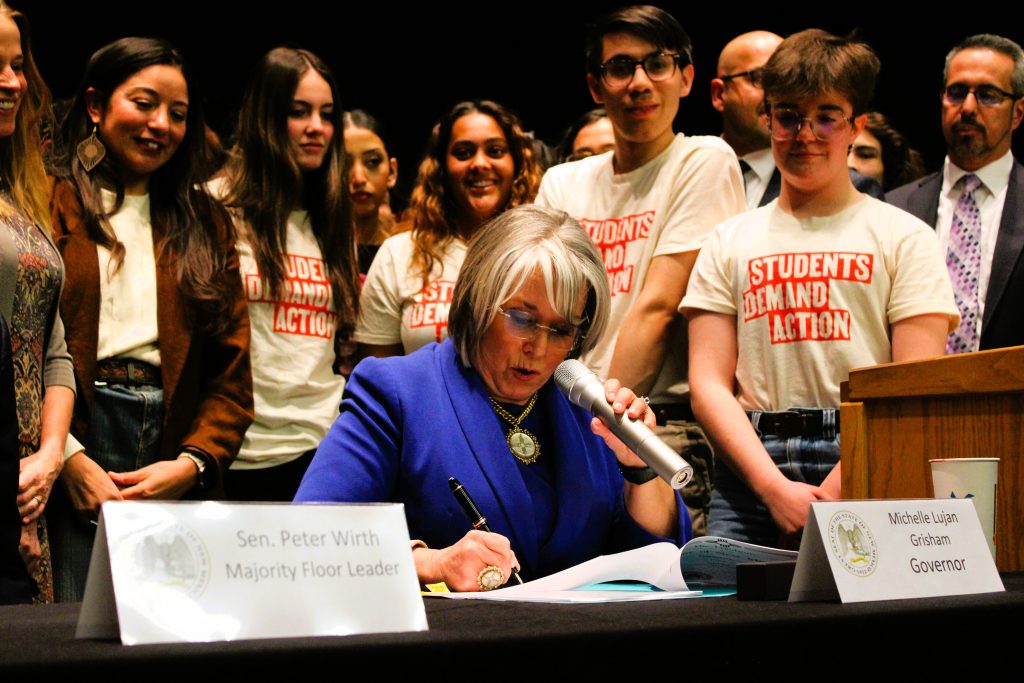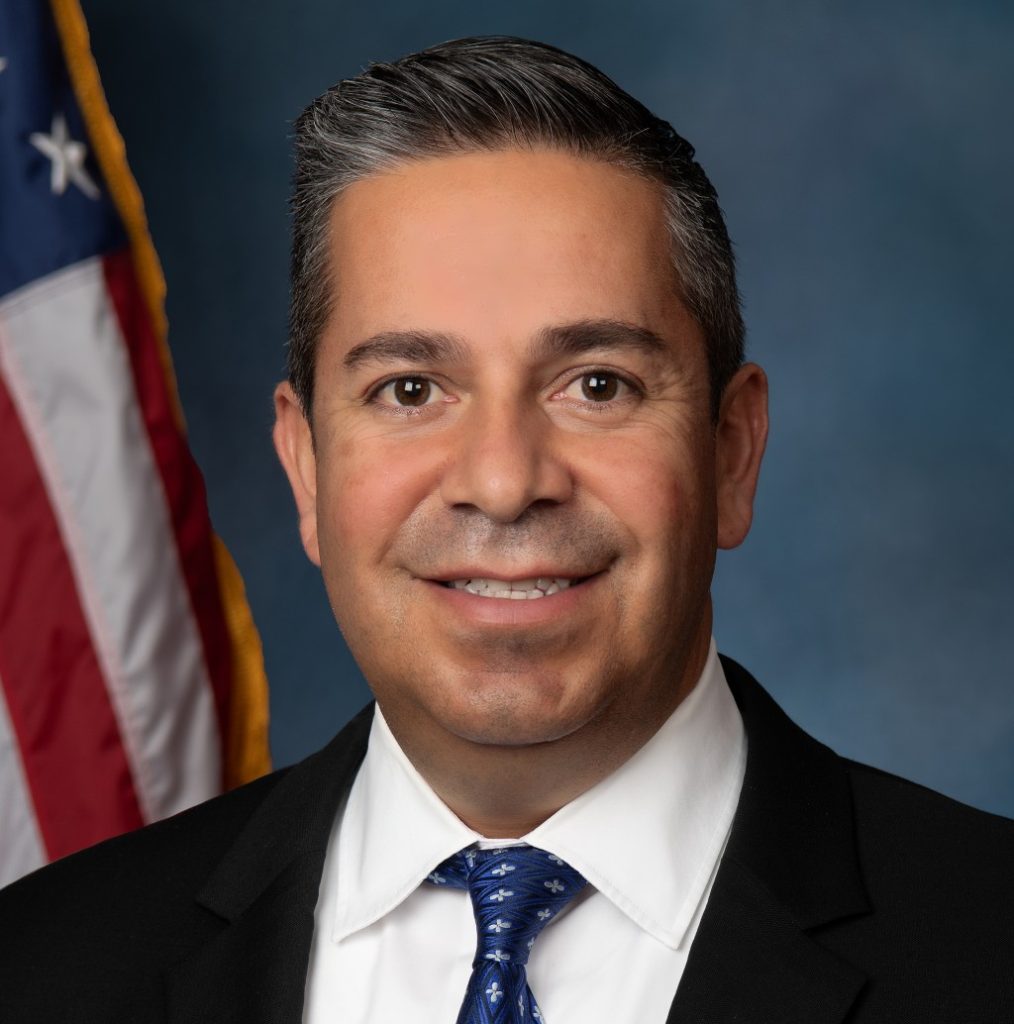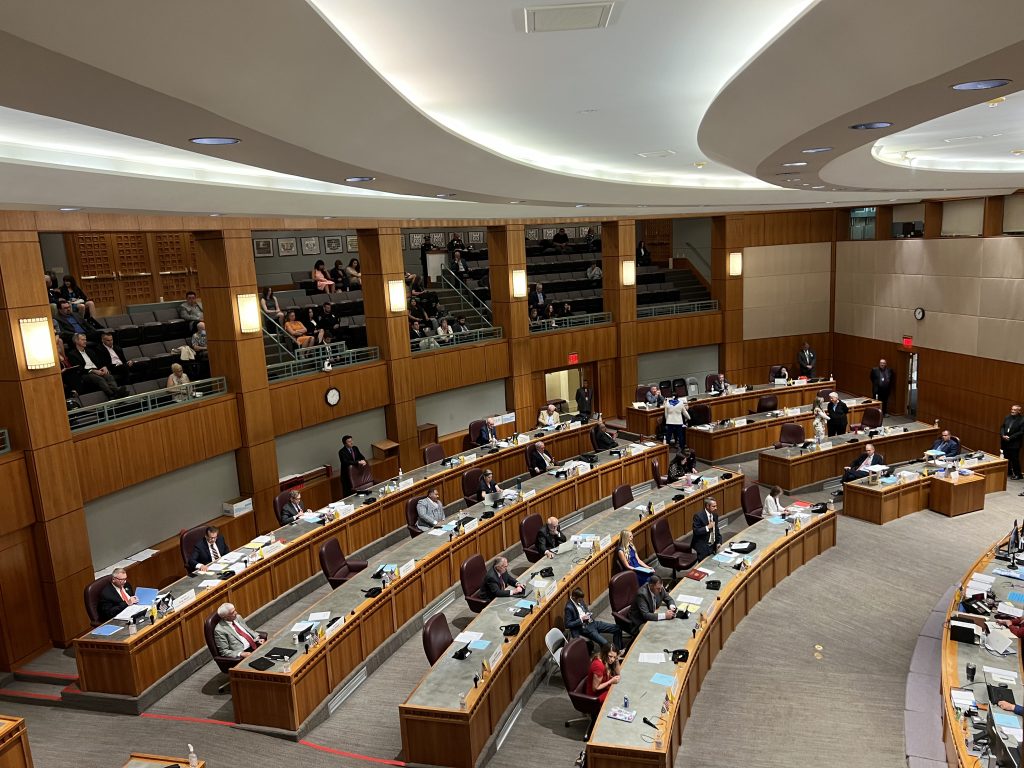Just a few weeks after the pandemic hit New Mexico, the price of oil plunged into negative territory for the first time in history. Production screeched to a halt worldwide, workers were laid off, and wells were temporarily plugged while operators hoped to wait out a price war between two of the world’s largest oil suppliers, Russia and Saudi Arabia.
More than six months later, the oilfields in New Mexico are starting to show signs of life. Some of the wells that were shut in earlier in the pandemic are now back online, though just 47 well rigs—which drill new wells—are up and running, representing 40 percent of those operating in 2019 before the pandemic hit.
“We’re hearing anecdotally that some producers are choosing to restart some of that production. “We’re still holding fairly steady, with a rig count in the 40s,” Robert McEntyre, director of communications at the New Mexico Oil and Gas Association, said. “The industry is still closely monitoring prices, we’re not in an ideal price environment. It is certainly much better than it was only a few months ago, and we’re still continuing to work through some of the challenges that the pandemic and the coronavirus has presented to the industry.”
Some damage to the sector has already been done. Thousands of oil and gas employees are unemployed in the state. Marathon Petroleum announced it would permanently close its refinery in New Mexico, and one company operating in New Mexico has filed for bankruptcy so far.
Despite record production in the Permian Basin, the oil and gas industry has been in decline for at least a decade. The pandemic, which caused a global contraction in demand for oil and gas, may serve as a key moment in the sector’s 100 year history. Global oil behemoth BP flagged 2019 as the year of “peak oil”; while BP’s new CEO touted the company’s 180-degree pivot toward renewables this week, and a recent poll from the Federal Reserve Bank of Dallas, which surveyed oil and gas executives in New Mexico and other states, found that the shale market in the U.S. might have already peaked.
That could spell trouble for New Mexico, if the oil and gas sector is hit with a wave of bankruptcies. The state’s budget has been decimated by the pandemic and the steep drop in oil production and the sector is facing the possibility of thousands of wells being abandoned or orphaned in the state due to bankruptcies.
RELATED: NM’s budget to take huge hit, as oil prices plunge to negative territory
“At this point, the Trump administration’s lifeline to oil and gas is all risk: it is risk for the climate, it is risk for taxpayers, and it is risk for our lands,” said Lukas Ross, program director at the environmental group Friends of the Earth. Ross is co-author of a report exploring the oil and gas sector’s recent financial bailout, released by Friends of the Earth, Public Citizen and BailoutWatch.
“There is no real reason why taxpayers should be on the hook for unfunded liabilities of the industry that is driving the climate over a cliff. And we taxpayers should not be forced to foot the bill for the negligence of big oil. It is really very simple.”
‘Bleeding red ink for years’
The oil and gas industry had been struggling financially for the last decade, even as energy production in the state has steadily increased over that period. In 2014, the price of oil dropped from around $105 per barrel to less than $50 per barrel and has struggled to recover from that price drop. The sector has collectively shed 50,000 employees between 2014 and 2019, presenting a quarter of oil and gas jobs before the pandemic, and about 100,000 jobs down from the 1980s.

Oil and gas stocks aren’t doing well, either. Oil and gas sector has been the worst-performing sector of the S&P 500 for the last decade, and has gained just 5 percent of value, compared to the S&P 500 seeing 180 percent growth overall during that period, according to CNBC.
“The oil and gas industry badly wants to convince the public that its woes began in March with the coronavirus. That is simply not the case,” Ross told NM Political Report. “This was an industry facing a structural decline long before anyone with the coronavirus so much as coughed. Your frackers —they’ve been bleeding red ink for years.”
The fracking boom in the U.S., and particularly in the Permian Basin, has only helped to further drive the price of oil down. A separate analysis conducted by the Institute for Energy Economics and Financial Analysis found shale operators in particular have reported negative cash flows every year for the last ten years.
“The truth is that the fracking industry has succeeded in producing oil and gas but never succeeded in producing money,” Ross said. “The reality is that shale was a bubble.”
There are larger trends at work, too, that are hurting oil and gas, said Alan Zibel, co-author of the report. Renewable energy has gradually gained market share over oil and gas, and can compete at a more competitive price compared to fossil fuels, he said, while the transportation sector in the U.S. is slowly but surely shifting towards electrification and away from gas-powered vehicles.
“California just announced a few weeks ago that they’re going to phase out the sales of internal combustion engines by 2035,” Zibel said. “There are long term trends for this industry that are not good.”
‘A lifeline to the horse and buggy industry’
During the COVID-19 pandemic, the Trump administration made a series of policy decisions at the U.S. Treasury and the Federal Reserve that served to funnel billions into oil and gas companies during the pandemic.
In March, the Fed announced it would acquire corporate debt for the first time in its history. In the following months, the Federal Reserve purchased oil and gas bonds from 19 of the country’s producers—including five producers that operate in New Mexico—despite the sector’s poor market performance. The CARES Act, which was signed into law in March, allocated a further $450 billion in taxpayer money to the Treasury to be used to absorb any future losses from the Fed’s bond purchases. That alone represented the single largest allocation of funds in the CARES Act.
The announcement to buy corporate debt was both unprecedented and unusual for the agency, as critics on both the left and right argued such purchases would normally be considered meddling in the market. Alan Zibel, co-author of the report, said that by purchasing so much oil and gas debt — some of which is considered “junk debt”—the Federal Reserve is choosing winners in the market and is propping up an industry whose future is increasingly uncertain.
“The Fed is effectively giving a lifeline to the horse and buggy industry,” Zibel said. “Why would you subsidize an industry that doesn’t have a future? We think the Fed shouldn’t be buying oil debt at all, but if they are going to buy debt, at least they shouldn’t be buying junk debt.”
The Fed’s policy sent clear messages to investors, and enabled oil and gas companies to increase their debt significantly in the following months. Oil and gas companies in the U.S. have issued $129 billion in new bonds in 2020 as a result, which the report notes is a record for the year to date going back at least a decade.
In New Mexico, oil and gas companies issued nearly $30 billion in new debt since March, while the Fed purchased $50.6 million in bonds from oil and gas companies operating in New Mexico.
Still, oil and gas firms have reported significant job losses and lay-offs during the pandemic. Petroleum Equipment & Services Association, which tracks oilfield services and equipment employment trends, estimated in September that New Mexico lost 4,500 related jobs in 2020. More than 4,000 oil and gas workers filed for unemployment during the pandemic, according to the state.
The report notes that most of the larger oil and gas companies put that new debt towards refinancing, buying back bonds to pay lower interest rates, or “general corporate purposes.” And while the increase in debt may help stave off bankruptcies for a while, it’s unclear how the workers, themselves, will have benefitted from these policies.
“By jumping in and putting all of this liquidity in the bond market and enabling this unprecedented borrowing binge—it’s very good, if you’re an investor, it’s very good if you’re a CEO,” Ross said. “But it really isn’t a very direct way to help workers, if they’re getting it all.”
Looking forward
Oil production is limping back to life now in the Permian Basin, but experts worry the industry will never return to pre-pandemic levels of production.
Robert Schuwerk, executive director of financial think tank CarbonTracker Initiative’s North American office, pointed to a recent Federal Reserve report, which indicated two-thirds of shale drillers believe U.S. production has already peaked.
“Meaning it’s never going to go back to levels it was at in 2019, prior to the pandemic,” Schuwerk said. “I think those are some pretty good indicators right there that probably we’re not going to be producing more oil. It doesn’t mean there won’t be some recovery once we really get through the pandemic. But that is probably not the kind of thing that’s going to be sustained long term.”
With the future of oil so uncertain, experts and policymakers alike are concerned about the possibility of a wave of wells becoming orphaned or abandoned in the state. When oil and gas operators cannot afford to pay the costs of plugging inactive or non-producing wells and the subsequent clean-up, the wells become “orphaned” and those costs fall on taxpayers.
The state currently has a backlog of more than 700 orphaned wells that need to be plugged, which Oil Conservation Division Director Adrienne Sandoval estimates will cost at least $24 million to plug and at least another $34 million for costs related to reclamation. The state currently has only about $2 million in financial assurance from operators to cover those costs.
But if there are more bankruptcies across the Permian Basin, that could leave a patchwork of non-producing wells with no one to take responsibility over or pay to reclaim. At the same time, the state’s budget has been obliterated by the lack of oil and gas production, which has only exacerbated the problem.
In the Permian Basin, oil needs to be trading at $55 or more per barrel for unconventional drilling in New Mexico to be profitable. As of press time, the price of oil is at roughly $40 per barrel. If that price doesn’t fully recover to pre-pandemic levels, up to 70 percent of the state’s 57,000 active wells are at risk of becoming uneconomic and either shut-in or orphaned, according to Sandoval.
McEntyre didn’t seem to think the state will see significant bankruptcies that could impact oil and gas operations. He noted that some producers took advantage of the temporary flexibility in well shut-ins offered by the State Land Office and the U.S. Bureau of Land Management.
“For the most part, producers have taken the appropriate steps to ensure their strength and long term resiliency to weather this downturn. This industry fundamentally operates in a fluctuating commodity market and so we’re accustomed to navigating the challenges inherent in a commodity market,” McEntyre said.
“And I’ll say that the long term outlook for the industry and the Permian still remains very strong and bright. Our producers have every confidence that we’re going to return to a period of growth once again,” he said.
The orphaned well issue isn’t a short-term problem, but something New Mexico will be forced to grapple with for years. A recent report released by CarbonTracker estimates there are currently 73,000 wells in New Mexico, all of which will need to be plugged when they are no longer productive.
CarbonTracker estimates current bonds will only cover 2 percent of the estimated $10 billion in plugging costs.
“For states right now, it’s kind of like how do we de-risk? How do we start fixing this problem?” Schuwerk said.
In June, Sandoval testified before Congress in support of the federal government providing funding to states to help cover reclamation and remediation costs. That call was echoed by U.S. Sen. Martin Heinrich and U.S. Reps. Ben Ray Luján and Xochitl Torres Small calling for funding for orphaned wells to be included in future economic recovery packages. But so far, not much progress has been made on that front.
“With recent declines in revenue, hardworking New Mexican oil and gas workers have lost their livelihoods. At the same time, old, decaying wells and environmental damage threaten communities across the country,” the members of Congress said in a statement. “Congress should respond to this challenge with strong funding for states and tribes to address the current backlog of these orphan wells, put thousands back to work plugging them and restoring the land, and protect groundwater and curb hazardous emissions and greenhouse gases. As we recover and rebuild in the aftermath of the coronavirus crisis, we have an opportunity to rethink how we create a more resilient and healthy economy in New Mexico that doesn’t leave anyone behind.”
CORRECTION: An earlier version of this story included a quote from Lukas Ross implying that Chevron, Exxon and Shell were financially in the red. Ross later clarified his comments to NM Political Report that many oil and gas companies are spending more money then they are generating, Exxon, Chevron and Shell are not. The text has been edited to reflect the correction.


